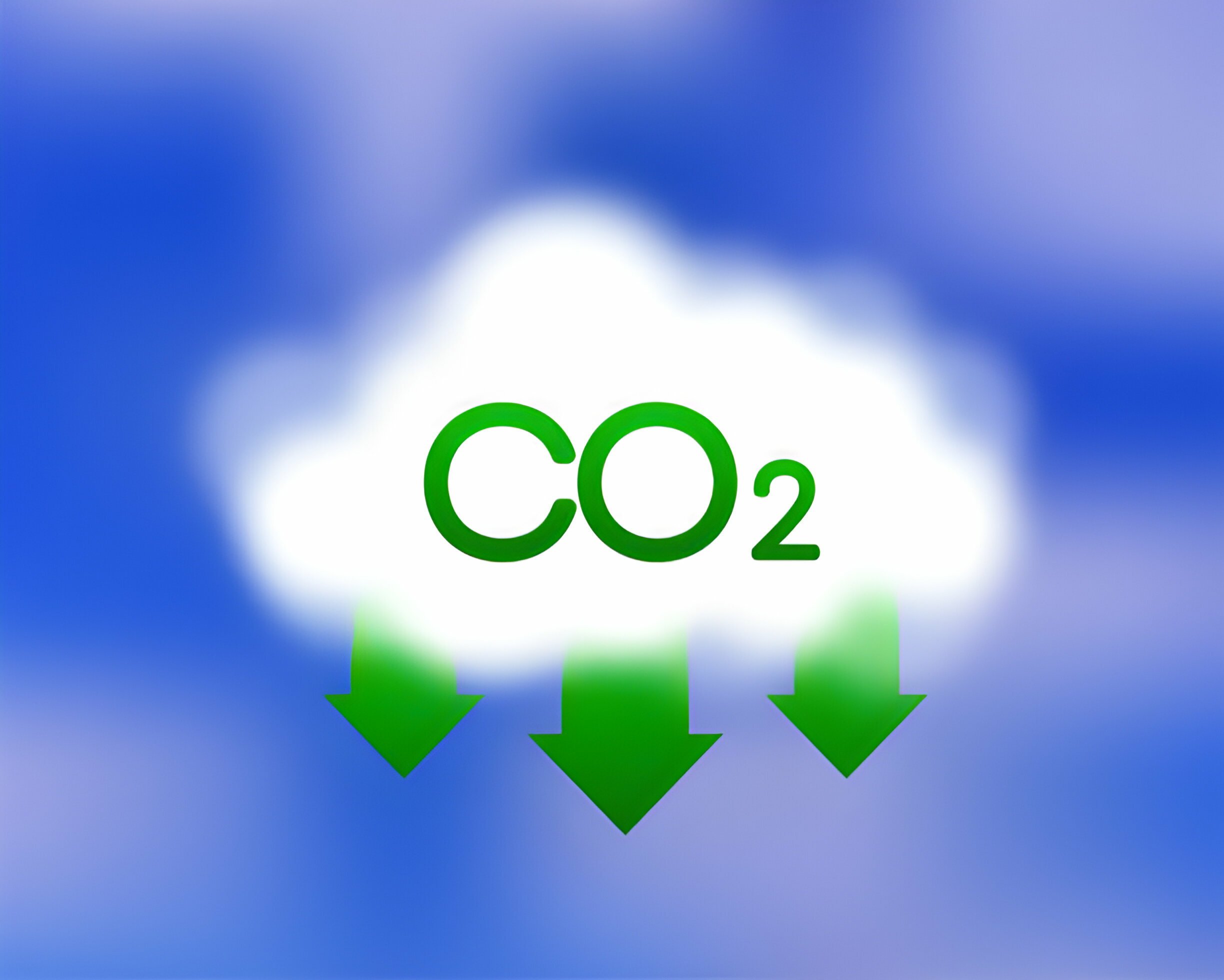Do you know that carbon dioxide (CO2) levels have reached their highest point in the past 800,000 years? Explore how CO2 impacts climate in this article. Discover the basics of CO2’s role in climate change, historical trends, and its effects on global temperature and ocean acidity. Dive into feedback loops, emissions, regional impacts, and ways to reduce CO2. Uncover the connection between CO2 levels and our planet’s changing climate.
The Basics of CO2 and Climate Change
You need to understand the basics of how CO2 affects climate change. The carbon cycle plays a vital role in regulating atmospheric CO2 levels. Human activities, like burning fossil fuels, disrupt this cycle by releasing excessive amounts of CO2 into the air. These greenhouse gases trap heat in the atmosphere, leading to global warming. Climate models use data on atmospheric concentrations of CO2 to predict future climate trends. As these concentrations increase, so does the Earth’s temperature. This rise in temperature results in various climate changes such as melting ice caps and more frequent extreme weather events. Understanding these fundamental concepts is crucial for grasping the impact of CO2 on our planet’s climate.
Historical Trends in CO2 Levels
The historical trends in CO2 levels show a significant increase over the past century. This rise can be seen through various methods like analyzing ice cores and paleoclimate data, revealing insights into ancient atmospheres and carbon cycles. The industrial revolution marked a turning point, accelerating CO2 emissions to unprecedented levels.
Let’s dive deeper into this:
- Ancient Atmospheres: Imagine the pristine air of eras long gone, untouched by human influence.
- Ice Cores: Picture layers of ice preserving a record of CO2 levels throughout centuries.
- Carbon Cycles: Visualize the intricate web of processes that regulate the balance of carbon in our atmosphere.
Impact of Rising CO2 on Global Temperature
Considering the connection between rising CO2 and global temperature, it’s crucial to comprehend how these factors interact in our environment. Climate models show that as CO2 levels increase, temperature projections indicate a steady rise globally. This uptick in temperature has direct implications on extreme weather events, leading to more frequent and severe occurrences. Moreover, the impact of rising CO2 extends beyond just temperature shifts; it also contributes to biodiversity loss as ecosystems struggle to adapt quickly enough. Agricultural impacts are significant as well, with changing CO2 levels affecting crop yields and food security worldwide. Understanding these connections is vital for developing strategies to mitigate the effects of increased CO2 on our climate and environment.
Ocean Acidification and CO2
As CO2 levels rise, ocean acidification becomes a growing concern for marine ecosystems and biodiversity. This phenomenon impacts various aspects of ocean life and industries, such as:
- Coral bleaching: The delicate balance of coral reefs is disrupted, leading to widespread bleaching events that threaten the survival of these vital ecosystems.
- Marine biodiversity: The acidity levels affect the health and diversity of marine species, causing ripple effects throughout the food chain and ecosystem stability.
- Shellfish industry: Shell-forming organisms struggle to develop their protective shells in acidic waters, impacting commercial shellfish harvesting and aquaculture operations.
These changes in ocean chemistry highlight the interconnectedness of marine life with the carbon cycle and emphasize the urgent need for sustainable solutions to mitigate ocean acidification’s harmful effects.
Feedback Loops and Climate Sensitivity
Feedback loops can amplify the impact of small changes in Earth’s temperature, leading to potentially significant shifts in global climate patterns. These loops can exacerbate various climate change effects like Arctic melting, forest fires, permafrost thawing, extreme weather events, and sea level rise. Each of these phenomena interacts with one another and contributes to a complex web of consequences that perpetuate the warming trend. For example:
| Climate Change Effect | Interaction | Result |
|---|---|---|
| Arctic melting | Less ice cover | Increased heat absorption |
| Forest fires | Release of CO2 | Worsening air quality |
| Permafrost thawing | Methane emissions | Heightened greenhouse effect |
Understanding these feedback loops is crucial for predicting future climate trajectories and implementing effective mitigation strategies.
CO2 Emissions and the Greenhouse Effect
Excessive CO2 emissions from human activities are intensifying the greenhouse effect, trapping heat in the atmosphere and contributing to global warming. When it comes to understanding how CO2 levels affect climate, consider the following:
- Carbon Footprint: Your daily choices impact the amount of CO2 released into the atmosphere.
- Industrial Emissions: Factories and production facilities release significant amounts of CO2, adding to the atmospheric concentration.
- Carbon Sequestration: Natural processes like forests help absorb CO2 but are overwhelmed by human emissions.
Reducing your carbon footprint, advocating for cleaner industrial practices, and supporting efforts for carbon sequestration can all help mitigate the climate impact of rising CO2 levels.
Regional Effects of Changing CO2 Levels
When it comes to understanding how changing CO2 levels impact different regions, consider the varying effects on ecosystems and weather patterns. Local ecosystems are experiencing disruptions with shifts in temperature and precipitation patterns due to increased CO2 levels. Agricultural productivity is at risk as crops face challenges from changing climate conditions, affecting food security. Extreme weather events such as storms and heatwaves are becoming more frequent and intense, posing risks to communities and infrastructure. Human health is also impacted by rising CO2 levels through worsened air quality and the spread of diseases carried by vectors sensitive to environmental changes. Water resources are under strain as changing precipitation patterns affect availability, leading to challenges in managing water for both human consumption and ecosystem sustainability.
Mitigation Strategies for CO2 Reduction
In order to combat the effects of rising CO2 levels, you should consider implementing mitigation strategies aimed at reducing emissions and promoting sustainable practices. To achieve this goal, focus on the following:
- Carbon capture: Utilize technologies that trap CO2 emissions from industrial processes or power generation plants.
- Renewable energy: Embrace solar, wind, and hydroelectric power sources to reduce reliance on fossil fuels.
- Carbon offsetting: Invest in projects that counterbalance your carbon footprint through initiatives like reforestation or renewable energy development.


